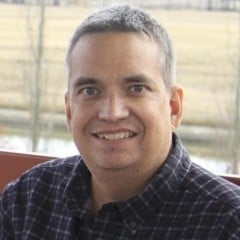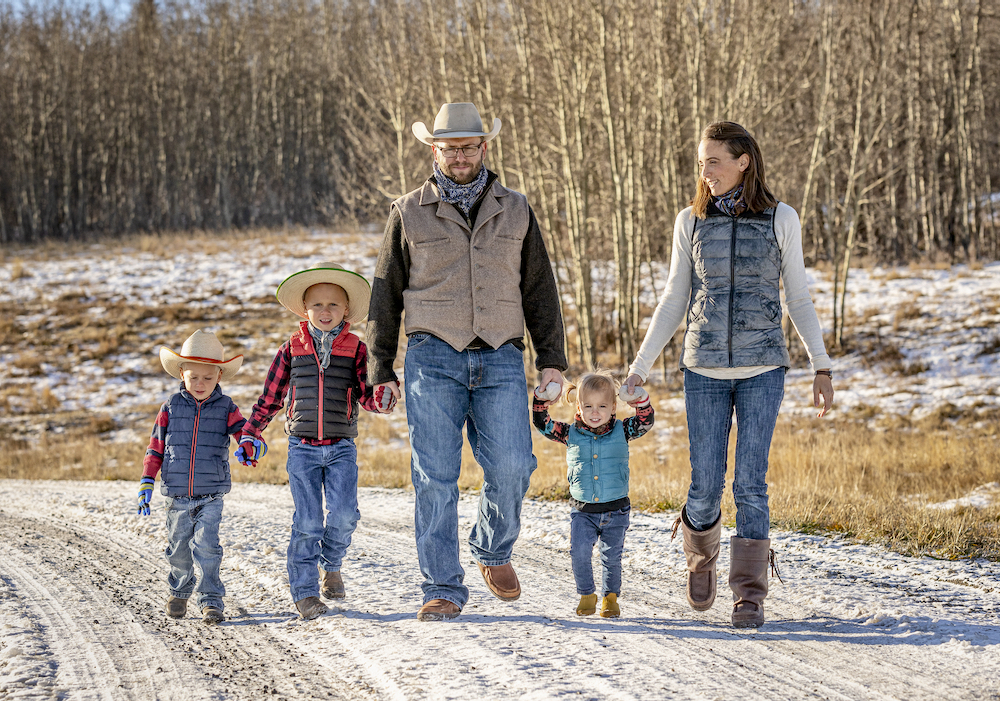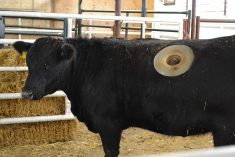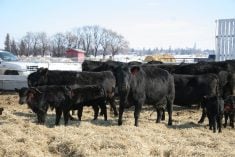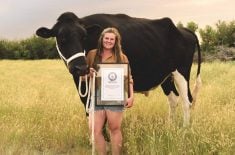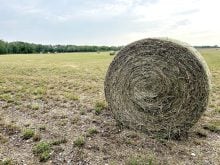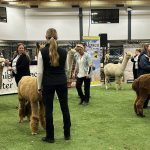Installing a pasture pipeline watering system was a pipe dream — literally — for Matt and Angela Kumlin, until they tapped the On-Farm Climate Action Fund.
The Kumlins received $70,000 through OFCAF to build a water pipeline on their ranch. Now creeping up on the $100,000 mark, Angela said the project, meant to boost rotational grazing options, probably wouldn’t have happened without the grant.
“When we had the idea to build this pipeline three or four years ago, if we used the most conservative numbers, it didn’t pay for itself. If we used really ambitious numbers, it did. So we didn’t know if we should or shouldn’t do it,” said the Cochrane-area rancher.
Read Also
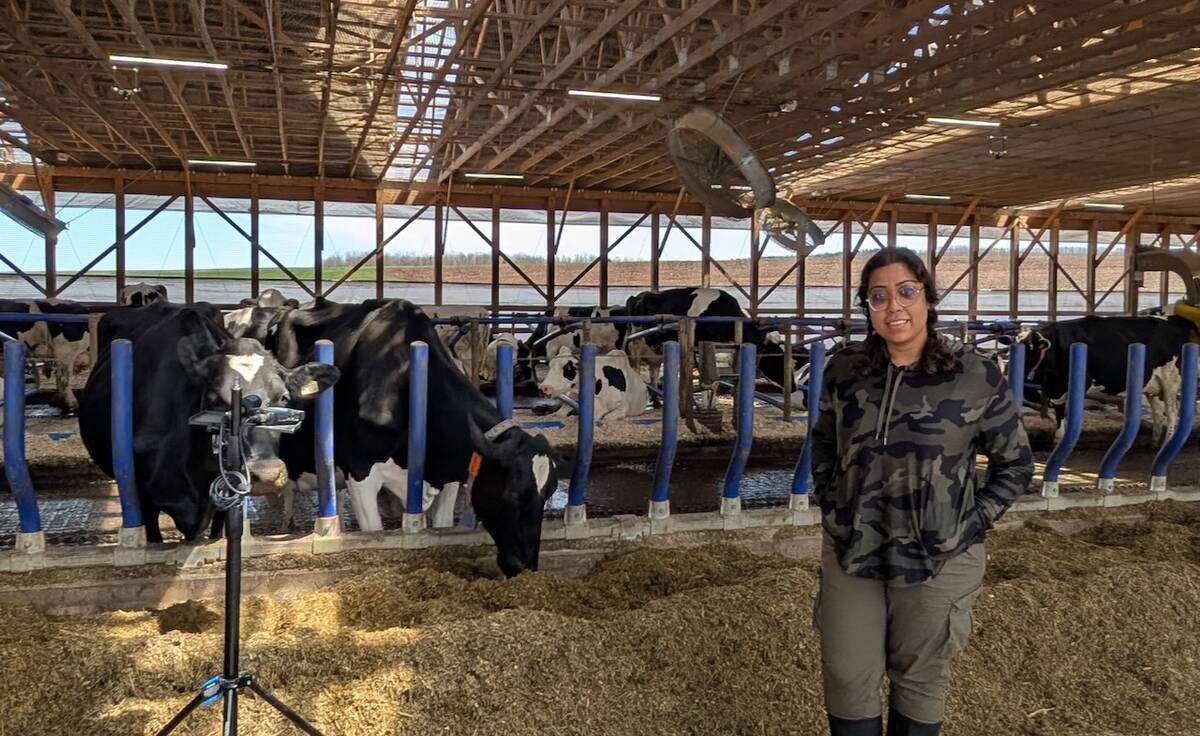
Moo translator and methane measures: There’s an app for that
Dalhousie University researchers use artificial intelligence to create new dairy farm apps that analyze cattle sounds and measure methane.
“When the funding came out, we knew exactly what we wanted to do. We sent in our application and built four miles of pipeline with nine drinkers to provide water access away from the creek and dugouts and take cattle to areas that they didn’t graze well because they had to walk so far to water.”
Although the Kumlins are confident the system will increase pasture carrying capacity, the environmental advantages are never far from their minds.
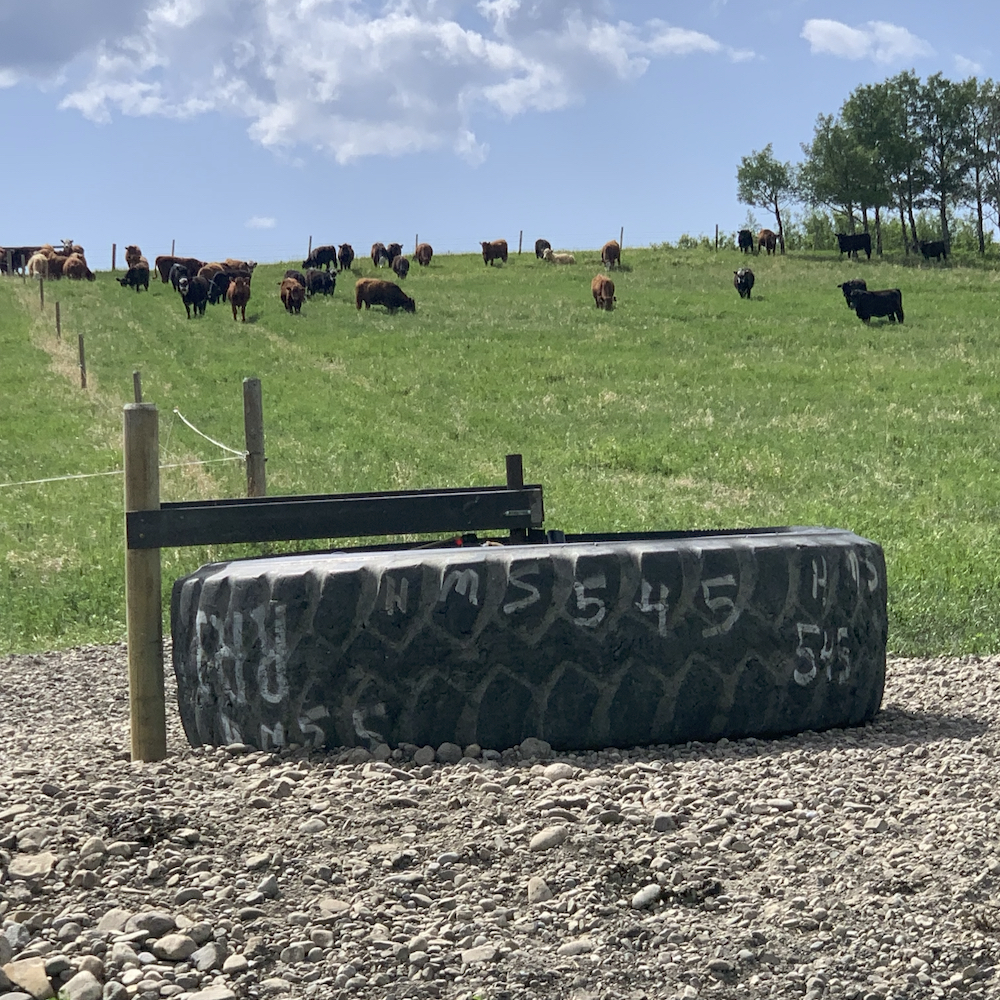
Rotational grazing is considered a beneficial management practice that allows forage plants to recover, deepens root systems and improves soil health.
“We want to build the soil, make better grass and just have clean water away from the creek and away from dugouts,” said Matt.
Launched in 2021 by the federal government as an incentive to help farmers tackle key climate change challenges, OFCAF has proven popular among producers.
Although currently on hold and new intakes estimated to start in mid-August, the project grants farmers up to 85 per cent of the cost of projects related to cover cropping, nitrogen management and rotational grazing.
The Kumlins’ system is designed to pump well water through half a mile of pipe with a 220-foot lift to six 2,500-gallon polyethylene tanks on top of a hill. From there the water is gravity-fed to watering points throughout their land.
Watering points have been placed where cattle would have previously had to walk a long way to water, said Angela.
“This will improve gains by having the water closer to where they are grazing. It will also improve the distribution of cattle.”
The Kumlins will also be able to rotate bigger herds.
Right now, they rotate three small yearling herds and one larger cow-calf herd every three to seven days. Their goal is to rotate two large herds — one each of yearlings and cow-calf — every one to three days. This method better assists in pasture regeneration, said Angela.
“A larger herd means that the animals stay on one piece for less time. It also means the animals are less selective about what they graze, so preferential plants are not overgrazed with the larger group.
“Their impact is spread more evenly across the land. They trample grass they don’t eat, which builds soil organic matter and improves cover on the soil, thereby improving water retention during rain events and water holding capacity, which also will eventually increase forage production.”
This summer will be a test run (a maximum of 300 head) for the system. Now it’s a matter of so far, so good.
“We got to do some flow rate testing,” said Matt. “At best it’s going to be like 40 gallons per minute into the troughs and the worst is going to be eight gallons per minute. It’s pumping just over 10 gallons a minute into the poly storage tank so in 24 hours I can do 15,000 gallons.”
The couple said the OFCAF process didn’t take long, but it helped that they knew exactly what they wanted.
“As soon as it opened, Matt and I cleared our calendars and spent about two and a half days just to do the application. It wasn’t a difficult process,” said Angela.
“It’s pretty high dollars-per-hour when you think of it in terms of how much time it takes.”
OFCAF is a buy-first, reimburse-later program, so the Kumlins recommend applicants be well set up on the cash flow front. In their case, reimbursement came quickly.
“We were paid in a reasonable amount of time. We got our money in I think late January, early February and our receipts were due January 1 so we were paid within a month or two,” said Matt.
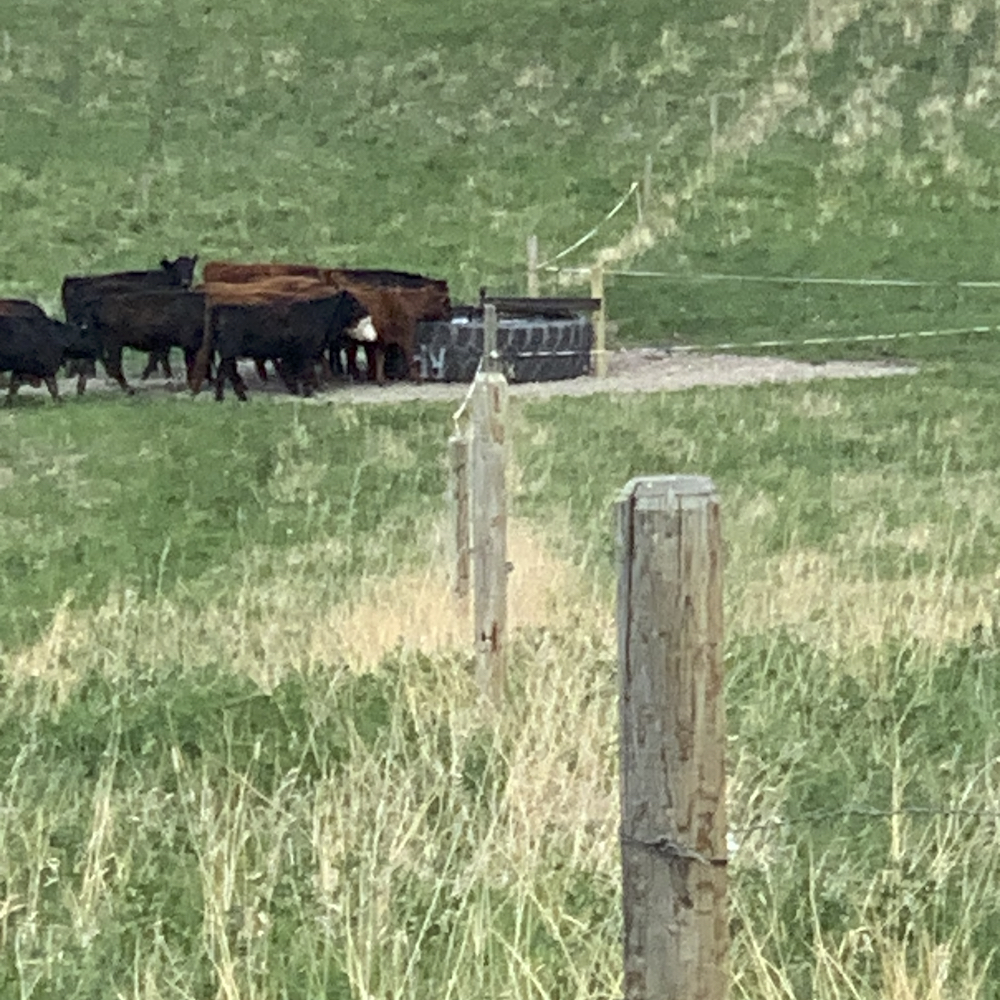
A pipeline system may appeal to a lot of beef producers. However, the Kumlins have this piece of advice: you have to really want one and be willing to put in the work it requires.
“Don’t just apply because it’s free money,” said Matt. “You’ve got to make sure you want the pipeline before you put one in, because it’s not maintenance-free and it’s kind of a fussy thing to get going.”
Not everyone is happy with the federal government’s approach to climate-based incentives for producers.
In a February interview, Enchant-area producer John Kolk expressed his dismay over OFCAF’s focus on subsidizing producers for well-established beneficial management practices. He would like to see early adopters of sustainable practices get more credit.
“I’m absolutely frustrated that people that are taking risks and trying to invest into doing things differently, and hopefully better, are not being covered at all,” he said.
Over the past few years, Kolk has invested heavily in strip tillage on his farm. Strip-till disturbs only the portion of the soil that contains the seed row. Although becoming more popular in some areas of the U.S., it’s rarely used in Alberta, and for Kolk that means little equipment or agronomic support.
“With strip tillage we’ve spent a pile of money putting the equipment together and testing different things. I’m glad other people can benefit from that but I do think the OFCAF program needs to relook at this whole thing.”
The zero- and minimum-till revolution on the Prairies was driven by producers doing what was best for their soil, not for cash assistance, said Kolk.
“Once it’s proven and you have the right equipment dealers and service people and the agronomists know what to recommend, it becomes how we do business. The federal government argument is (early adopters) are already benefitting, but they also carry a lot of cost.
“I think to bring on more resilient and sustainable farming practices — especially for special crops — there needs to be a little salt put in the water to encourage success instead of encouraging delaying implementation.”

